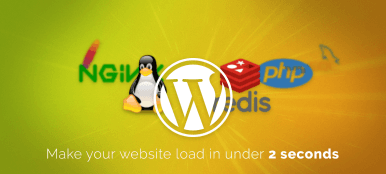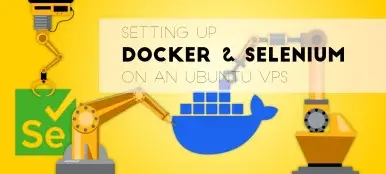High-Performance Hosting
At Potent Pages, we strive to provide you with the best domain registration and hosting services. Through our services, we can vastly improve your website’s performance while saving you time and money.
Hosting
A quick website load time provides many benefits for your business, including an improvement in Google rankings and improved user engagement.
At Potent Pages, we focus on optimizing the performance and delivery of your website. We use the latest technologies to ensure that your website is delivered as quickly as possbile to your visitors. We combine different software systems together to provide you with the best performance we can squeeze out of our systems and the Internet. These include:
- Nginx as a reverse-proxy and caching system. This provides static content (images, CSS, Javascript, etc.) very quickly
- Apache for processing dynamic content. Apache is arguably the fastest method for processing PHP and other scripting languages, even faster in some cases than stand-alone script processors such as fcgi.
- Memcached for object caching to speed up dynamic content generation
- PHP 8.4 for faster processing and supporting the latest features available in the PHP scripting language
- MySQL for a robust, optimized database backend
Our goal is to get the first webpage load for your site’s visitors completed in under 1 second. We also do our best to make subsequent visits even faster. At times, we even get load times under 300-500ms, depending on circumstances. Our software stack allows us to achieve these load times while keeping your website secure and dynamic.
Let’s Get Started!
Looking for our assistance solving a problem? Have an idea that you want help bringing to life? Interested in learning more? Please send us a message and we will get back to you as soon as possible!




